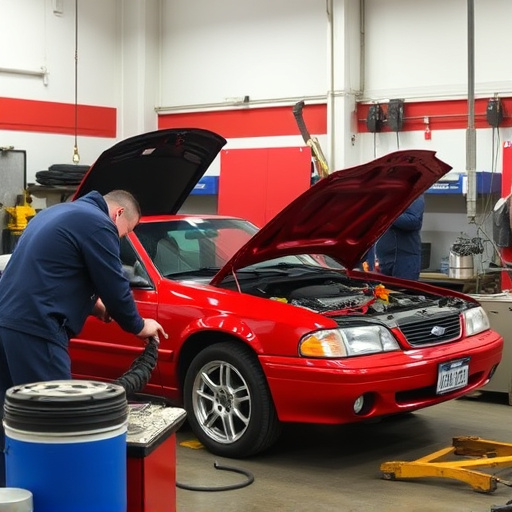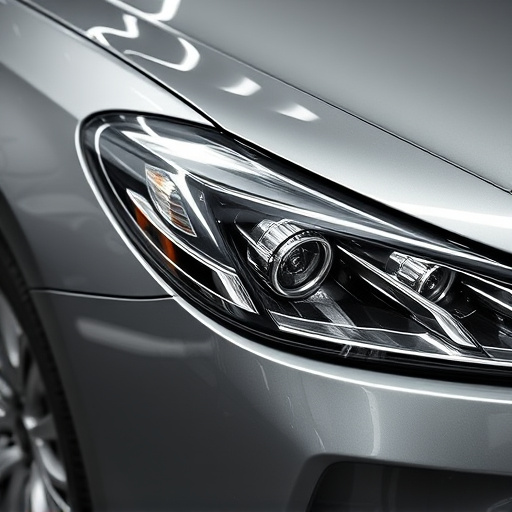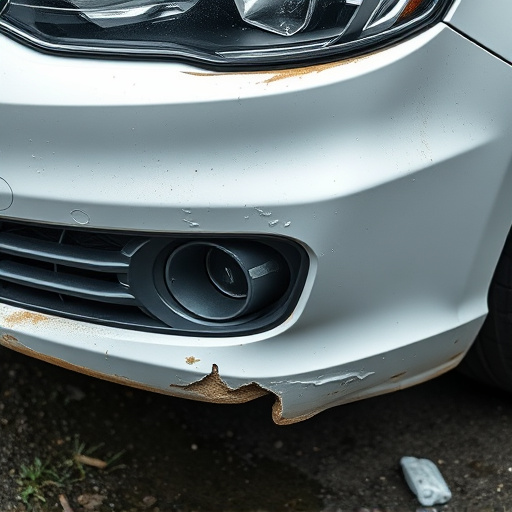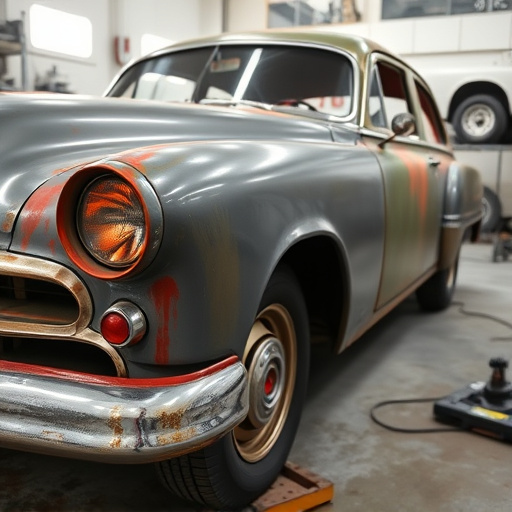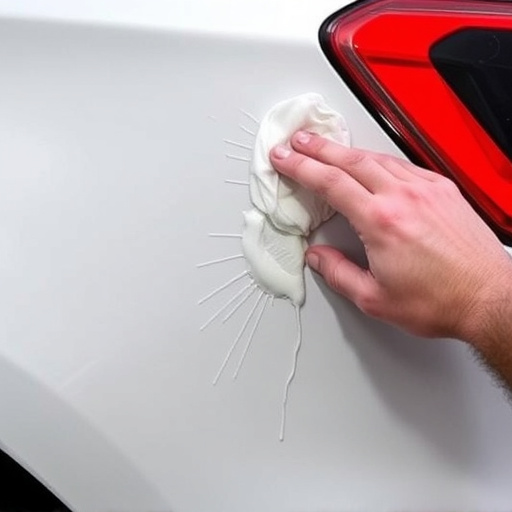Mercedes AIRMATIC restoration involves calibrating adaptive control algorithms, integrating sensors and actuators for real-time adjustments, and fine-tuning air spring pressure and damper settings. Skilled technicians use specialized tools and diagnostic tools to ensure precise driver input response, enhancing comfort and control through meticulous calibration and testing. Regular tire pressure checks and prompt cosmetic damage repairs are also crucial post-restoration.
Mercedes AIRMATIC suspension systems define luxury vehicle riding dynamics. Over time, these advanced adaptive control settings can drift, leading to suboptimal performance and a compromised ride. This comprehensive guide delves into the process of restoring Mercedes AIRMATIC control settings, from understanding the system’s intricate workings to step-by-step restoration procedures. By following these detailed instructions, you’ll ensure your Mercedes returns to its optimal riding standards.
- Understanding Mercedes AIRMATIC Suspension System
- Restoring Adaptive Control Settings: Step-by-Step Guide
- Post-Restoration Calibration and Testing Procedures
Understanding Mercedes AIRMATIC Suspension System

The Mercedes AIRMATIC suspension system is a cutting-edge technology that revolutionizes vehicle dynamics. It utilizes adaptive control algorithms to continuously adjust the car’s stance and handling, providing an unparalleled ride quality. This sophisticated system integrates sensors and actuators into each wheel, allowing for precise real-time adjustments to dampening and spring rates. The core of the AIRMATIC lies in its ability to adapt to various driving conditions, from smooth highways to rough off-road trails, ensuring optimal performance.
During a Mercedes AIRMATIC restoration, resetting the adaptive suspension control settings is crucial. Skilled technicians employ specialized tools to calibrate these sensors and actuators, tailoring the system to the owner’s preferences. This process involves meticulous adjustments to ensure the vehicle’s suspension responds accurately to driver inputs, enhancing both comfort and control. Whether it’s a simple tweak or a comprehensive restoration, restoring the AIRMATIC to its optimal state is an art, utilizing car bodywork services and advanced repair techniques, including car paint repair, to bring the Mercedes’ iconic ride back to life.
Restoring Adaptive Control Settings: Step-by-Step Guide

Restoring your Mercedes AIRMATIC suspension system to optimal performance involves resetting its adaptive control settings. This process ensures the system reacts accurately to road conditions and driver inputs, enhancing both ride quality and safety. Here’s a step-by-step guide for a successful restoration:
1. Preparation: Begin by ensuring your vehicle is on a level surface with all wheels firmly planted. Engage park brake and, if necessary, place wheel chocks for safety. This step is crucial as it prevents any accidental movement during the reset process.
2. Access the System: Next, access the Mercedes AIRMATIC control unit, usually located under the bonnet or in the trunk, depending on your model. Connect a diagnostic tool to retrieve and store the current control settings. This allows you to revert to these settings later if required.
3. Reset Procedure: Follow the manufacturer’s guidelines to initiate the reset procedure. This often involves driving the vehicle at specific speeds or through certain maneuvers while the system recalibrates itself. During this phase, avoid sharp turns or abrupt braking to ensure accurate readings.
4. Verify Changes: After the reset, re-connect your diagnostic tool to confirm the new settings. Compare these with the original settings to ensure successful restoration. If adjustments are still needed, consult a professional automotive repair specialist for further guidance.
5. Post-Restoration Care: Following the reset, regular maintenance is key. Keep an eye on tire pressure and ensure any bumps or dents in your vehicle’s body (including bumper repair if necessary) are addressed promptly to maintain even suspension performance. Remember, proper auto painting and cosmetic repairs can also contribute to overall system harmony.
Post-Restoration Calibration and Testing Procedures

After completing a Mercedes AIRMATIC restoration, meticulous calibration and testing procedures are paramount to ensure optimal performance. The process involves meticulously adjusting various sensors and actuators within the adaptive suspension system. Skilled technicians employ specialized diagnostic tools to verify the accuracy of the reset settings, ensuring seamless integration between the vehicle’s computer systems. This critical step guarantees that the suspension responds accurately to driver inputs, providing a smooth and refined ride experience.
Proper calibration includes fine-tuning the air springs’ pressure and damper settings based on the restored condition. These adjustments are crucial for maintaining proper height levels and reducing body roll during cornering. By employing advanced testing protocols, an auto body shop can identify and rectify any anomalies before delivering a vehicle that meets or exceeds factory standards. This meticulous approach is what sets apart a top-notch auto repair near me, ensuring customer satisfaction and long-lasting results for the Mercedes AIRMATIC restoration project.
Mercedes AIRMATIC suspension systems, known for their adaptive control and comfort, can be restored to optimal performance through a meticulous process. By following the step-by-step guide outlined in this article, car enthusiasts and professionals alike can successfully reset adaptive control settings, ensuring a smoother, more responsive ride. Post-restoration calibration and testing procedures are crucial to fine-tune the system, guaranteeing both comfort and safety for years to come. With these steps, Mercedes AIRMATIC restoration becomes a feasible task, allowing owners to rediscover their vehicles’ original handling capabilities.
